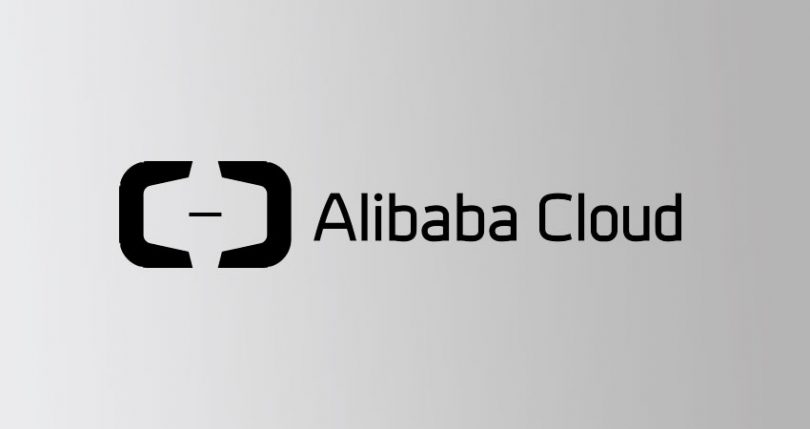This week Alibaba Cloud released its Blockchain as a Service (BaaS) offering around the globe, including South East Asia, the US and Europe. The company is offering two solutions, one for Hyperledger Fabric and the other is the proprietary Ant Blockchain from affiliated company Ant Financial. But one question is: how big is the demand for enterprise BaaS?
Some might mistakenly dismiss Alibaba Cloud as primarily a Chinese vendor where it’s the leader for enterprise. In Gartner’s 2018 magic quadrant for worldwide cloud infrastructure (not just BaaS), just six companies qualified and Alibaba was one of them. Only Amazon AWS, Microsoft and Google made it into the leader quadrant, and even Google barely squeaked in. The other three Alibaba, Oracle and IBM appeared (in that order for “ability to execute”) in the niche player segment.
“Our customers in China have already experienced the benefits from our BaaS platform and we are excited to extend this service to other enterprise customers all over the world,” said Yi Li lead of Alibaba Cloud Blockchain Service.
The new Alibaba BaaS service offers Hyperledger Fabric 1.1 whereas the latest release is 1.3. However, many other cloud providers also don’t offer the most recent version.
Neither Azure nor AWS provides version information for Hyperledger Fabric when you browse for solutions. AWS launched its BaaS offering in April. For AWS during the creation process for a Hyperledger Fabric stack, you aren’t provided clear version options. It states that it’s the latest but elsewhere the license says April which means it’s version 1.1 at best.
BaaS demand?
How popular are enterprise BaaS services? The AWS blockchain templates are only available in three US datacenters. Given six months has passed since the launch, if there had been significant demand, you would expect more regional options. Plus looking at the AWS forums there were only 19 discussion threads, of which 18 related to Ethereum.
Many enterprise networks fall into two camps. One group involves a single centralized party setting up the network for everyone. In which case they have a skilled team and don’t necessarily need a BaaS solution. The other group is the early stage consortium without a specialist technology provider where BaaS should the easiest route, in theory.
And the vast majority of projects are still in the development phase where the code is sitting on a developer’s laptop.






